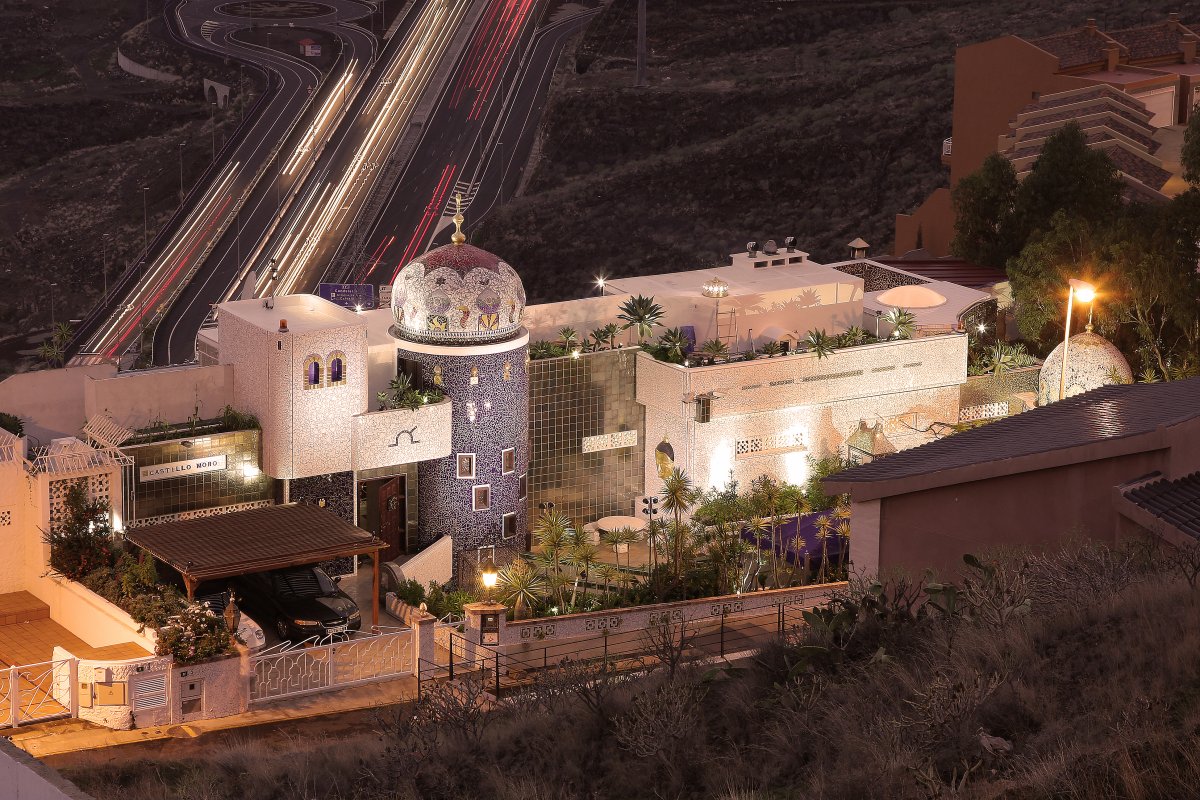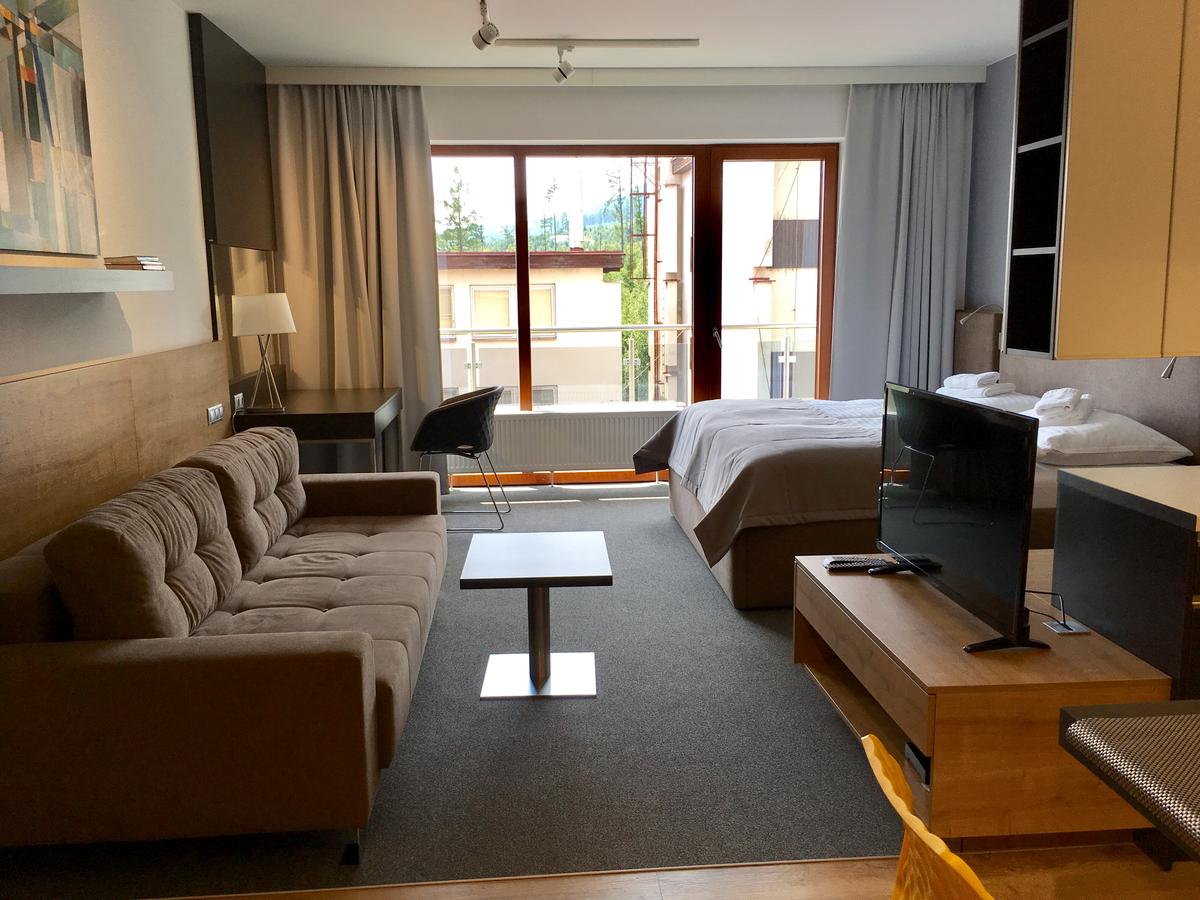Finding the right venue for team retreats or an offsite is an important part of the organisation process, but it can easily become a time-consuming challenge. It seems that there are too many things which need to be taken into consideration when looking for a venue for your team. That’s also why we built NextRetreat app – to make the research and organisation process seamless, more seamless and straightforward.

Sometimes it’s not easy to know where to start, especially if you are planning your first team trip. When they ask us for advice, ‘How to pick the right venue? Should it have a workspace? What to look for and what not to forget?’, we always start with ‘What is the goal/purpose of your trip?’. Whether its an innovation, team-building, improving company culture, boosting team spirit & productivity, or just getting together and having fun.. or combination of all, it’s important to set it straight.
Here is a couple of things that you can take into consideration when looking for the right venue for your team.
🌴 What would be the best environment for your team?
Sometimes teams decide according to a season, so if they aim to go for a retreat in summer, they pick a sunny destination. If the retreat is going to take place in winter, a mountainous environment might be a good choice. But there is no definite rule for that, so if your team has it clear that their preference is to spend the summer meetup somewhere in the mountains, you already got this question answered.
It is also important to think whether you’d like to experience a vibrant city or a quiet rural area. Cities are a good place to stay connected – plenty of co-working spaces just around the corner, restaurants, bars, shops or even airports within a reasonable distance to the venue. On the other hand, tranquil zones (villages, outskirts of the city) pay off if you are fleeing your busy city and noisy office and you are seeking a place with a better balance – a non-distracting area that helps team members stay focused & get some work done, but can also help wind off and recharge.

🙋♂️ How many team members will attend?
Firstly, you should have a number in mind that you can work with and this number should be the biggest possible. There are 2 reasons for that:
1) If you are planning to take your entire team, you should always start with the actual size of it. Think about how many people there are on your team and find out if there is anyone who wouldn’t want to participate. Case in point, if you have a team of 50 people, there might be 10 people that are not able to travel due to family/personal reasons and you also ought to expect some last minute changes or cancellations or people that decide in the last moment that they would like to join the retreat after all (believe me this happens very often). Therefore, we advise to anticipate such a situation and have some flexible space for sudden participants – book rooms for all possible participants and preferably, get part of those with a free cancellation policy.
2) Companies plan team retreats and offsites on average 3-6 months ahead. A lot can happen in half year’s life of a company. You may let few people go or hire some more. It’s always possible to downscale and have more space for your team members but not always possible to book additional venue or rooms, as they may be sold out by the time you travel. Therefore, if you are not sure about the final number of people, it’s always good to think of a maximum possible number of participants. This will help you to choose the venue that has enough space to host your team comfortably.

Hotjar’s Meetup in Tenerife by NextRetreat
🛏️ Sharing rooms or not?
A lot depends on your budget, needs, and preferences – including sharing rooms. Whether you’d like to provide your team members with an option to have an individual room, or they are OK with sharing, it’s crucial to decide this quite early in the planning process. You don’t need to have a complete and final sleeping layout ready (yet), but determine a number of rooms that will be occupied by individuals and the ones that will be shared (and shared by how many people – 2 or 3 pax).

🏰 What kind of a venue are you looking for?
There are different types of venues with accommodation and workspace and they suit different sizes of teams with different goals and needs.
Hotels, apartments, vacation rental houses and villas and other ‘unique’ types (including castles, log cabins, tree houses and many more) are all types of venues that teams are looking for. Apart from your preferences, here are some hints that help to decide on the right one.
Before picking the venue, you might want to get clear if you are alright with sharing some common areas with strangers, or you want to have the venue exclusively for your team. It’s easier with rental properties like villas and harder but still possible (eg. a full hotel buy out) with hotels.
Houses, villas, castles..
Houses, villas, castles, cabins and other unique venues. Typically, these properties are designed for smaller or medium-sized teams, let’s say up to 30-40 people. Such properties are an ideal fit should you prefer to have an exclusive space for your team. This gives you comfort not just in keeping the team closely together but even if you plan to organise eg. a BBQ party or any other gathering – the property and outdoor communal areas provide an ideal place for such an event. Other venue types might either not have a suitable dedicated area or would offer it at extra cost.

If you have a bigger team, it might be a bit challenging to find a property that could host your team comfortably. Although there are exceptions (chateaux, finca, ranch and other categories), they are not easy to find (our Retreat Specialists can help you find one). If you are not interested to stay in a hotel (and your team is not big enough to book it exclusively – full buyout), we recommend looking for combinations of venues (e.g. split the team into two or three villas) in nearby area.
👩💻 Where to work – Added benefit is that some of these venues feature an outdoor or indoor common space (lounge, communal kitchen, living room..) that might be used as a workspace, so you get the venue with a place for work included (in terms of location and price as well).

House in Tegueste 
Villa in Tacoronte
Apartments
Apartments might be a part of apartment houses or ‘aparthotels’, that can have up to 100 units (or more) or they can be limited to a few apartments in the same area. These are more commonly picked by smaller and medium sized teams, but that is not a rule. The good thing about apartments is location (you can find apartments in the city centre or even in quiet zones somewhere out of the city) and flexibility – you can book as many apartments as you need considering the team size, and any changes in number of team members might be ‘fixed’ by cancelling or booking additional units. Apartments still give you a sense of privacy and other benefits as houses, villas and similar whole unit venues, however, the difference is that you cannot bring your team together for co-living under one roof. 🙂

👩💻 Where to work – Some of the apartments have their common space (dining room/living room) which is usable in case you are fine with working remotely/individually. But what would be the point of traveling to another destination just to stay in apartments, right? If you want to hold in-person meetings, you can search for co-working spaces or meeting rooms in Hotels in the area that you can book for getting some work done, workshops, presentations or a hackathon session.

Apartment in High Tatras 
Small workspace
Hotels
Hotels – a versatile option for teams of all sizes. If your team is rather small, medium sized or large, the hotel can be a viable option – in case you don’t need a dedicated private venue only for your team. It’s also a useful choice if would like to have a choice of guest rooms of adjustable comfort or would like on-site meeting room, restaurant and other services.

For bigger teams a hotel appears to be an ideal choice – various hotels provide everything that might be needed – sufficient and adjustable amount of rooms, various room standards and on-site facilities (e.g. such as wellness or gym). Other benefits definitely are: hotel restaurant for breakfast or even full board option – no need for catering service or a personal Chef as you may do in case of other types of venues). And if you are thinking of hotels as a boring ‘corporate’ option somewhere in the very centre of a city, let me prove you wrong. There are plenty of hotels that are situated at interesting locations – by the lake, on a beach, close to forests, set in beautiful mountains or a countryside. Some of the hotels can be reserved exclusively for your team (which we can help negotiate). Nevertheless, it ought to be requested at least a year in advance as hotel rooms get booked very quickly, especially in popular areas.
👩💻 Where to work – Staying in a hotel provides an advantage when it comes to working space. Whether you need a small breakout room for half a day or even 15 meeting rooms during the whole stay, out of all venue types, hotels tend to have best options in this regard. What’s more, it’s easier to take care of meeting room facilitation and secure amenities like a flipchart or a beamer with canvas, coffee breaks or other type of refreshment and some hotels offer (onsite) technical support too.

Hotel in La Laguna 
Hotel on Krk Island
Bonus: When should you start planning?
This is the question that most of teams ask themselves and they do the right thing, as the answer to this question determines the whole organisation process.
If your team is smaller (10-20 pax) we recommend to plan 3 months in advance at the latest. It is mainly due to availability of the venues and so that you don’t have to reduce your requirements on the venue (if making last minute bookings, e.g. the venue by the lake you love might not be available anymore and you need to search further).
Medium sized teams (20-40 pax) should plan their retreat earlier – at least 4-6 months in advance is a good timing. It is mainly because of the availability of the venue as well as the overall organisation (good flights, interesting activities, etc.).
Bigger teams (40 or more pax) should definitely start organising half a year and ideally a year ahead. The main reasons are a few: good venue catch, suitability and availability of meeting rooms, availability of flights or alternative transportations, sufficient amount of time for activities booking and agenda creating, etc. Nonetheless, there is a golden rule that applies very often – the sooner, the better.
So did you manage to answer the questions above? I hope your research and venue sourcing will become at least a little bit easier. If you have any questions or would like our help to find the perfect venue for your next team trip, don’t hesitate to contact us. We are here to help! Also, read our Step-by-step guide for planning your team trip with NextRetreat app.




